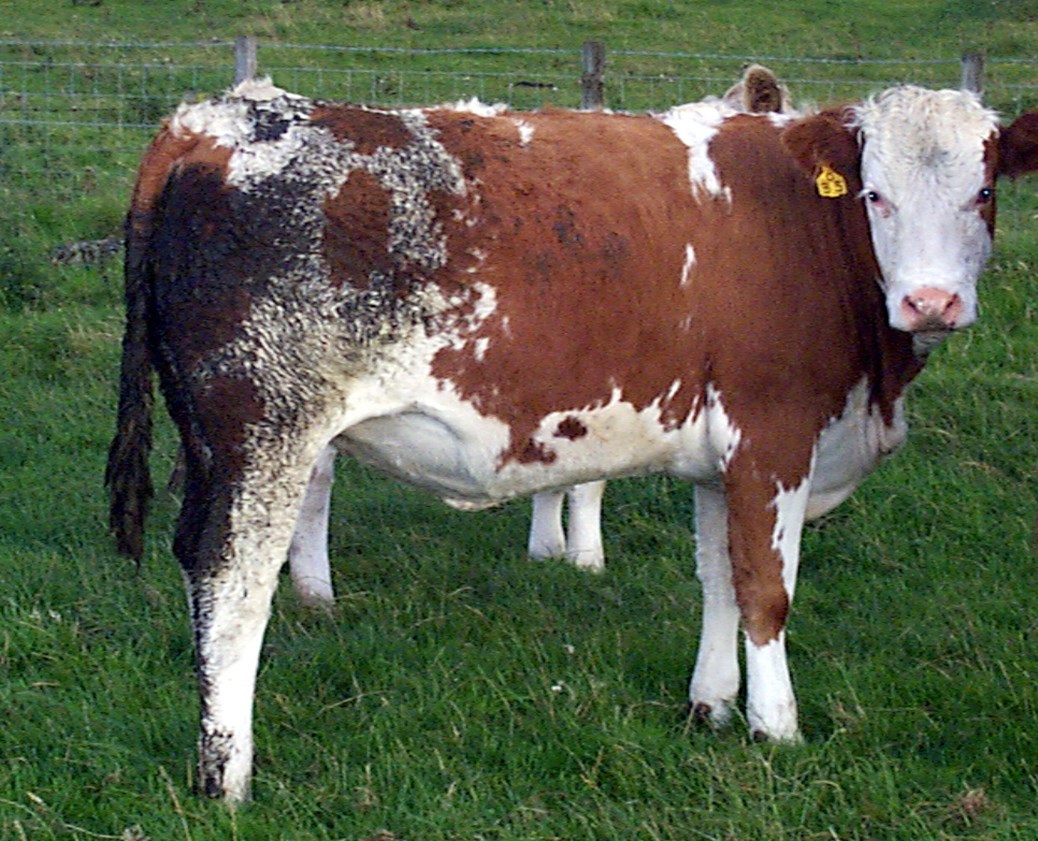Although water is of such vital importance in nutrition it is not considered a true nutrient. Actually, pure water (H2O) is not found as such in nature, as all ground and surface water contain impurities. The mounting problem of water pollution and its effects on animal health and production warrants intensified study.
Attention is also drawn to some of the infections that may be carried by water or specks of dust, such as leptospirosis, salmonellosis, hog cholera, mastitis, foot and mount disease, tuberculosis, brucellosis, histoplasmosis, ornithosis, infectious bronchitis, Newcastle disease, anthrax, blackleg foot rot, coccidiosis, blackhead of turkeys, erysipelas and transmissible gastroenteritis.

Although all coliform bacteria are not pathogens, their count in water has for many years been used as an indication of infectious bacterial potential.
The sulphates, fluorine, nitrates and chlorine have probably received the most attention in subterranean water supplies.
Water for animal consumption should not contain more than 5000 ppm total dissolved solids (TDS);
|
Na+2000, |
NO-3400 |
|
Ca++1000 |
CI-3000 |
|
Mg++500 |
So41000 |
|
Hco-3500 |
F-6,0 ppm |
MgSO4 and Na2SO4 may not be more than 50% of the TDS. Even these levels are excessive for certain situations.
Upper limits according to the species are quoted in the resource below. When water contains more than 5000 ppm (0.5% of TDS), it becomes less acceptable to animals and is actually liable to upset the electrolyte balance, with consequent productive performance.
Click on the link/s below to open the resources.